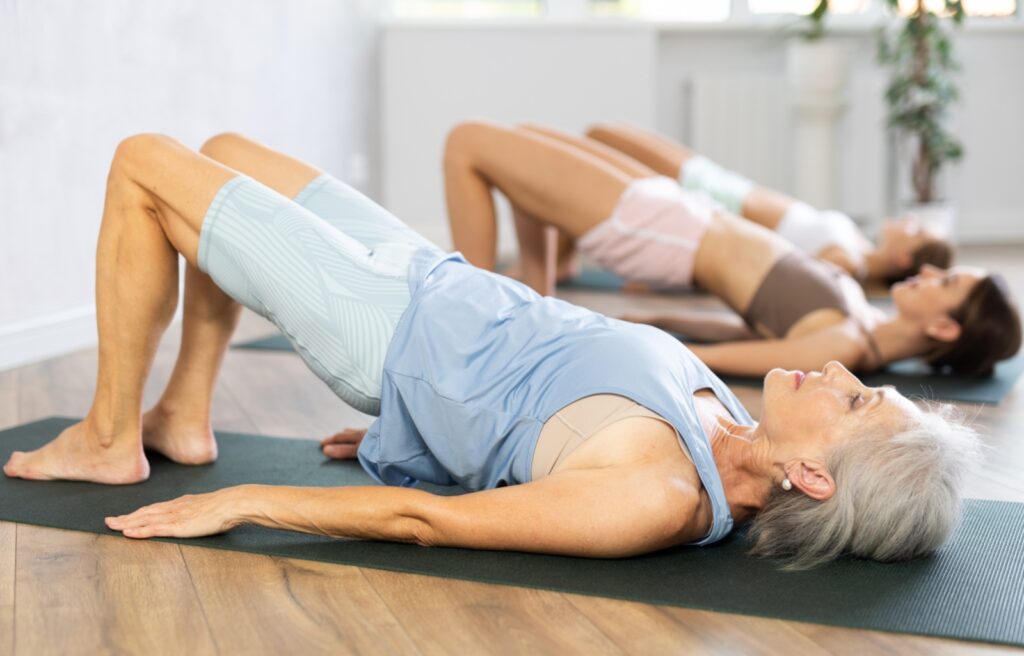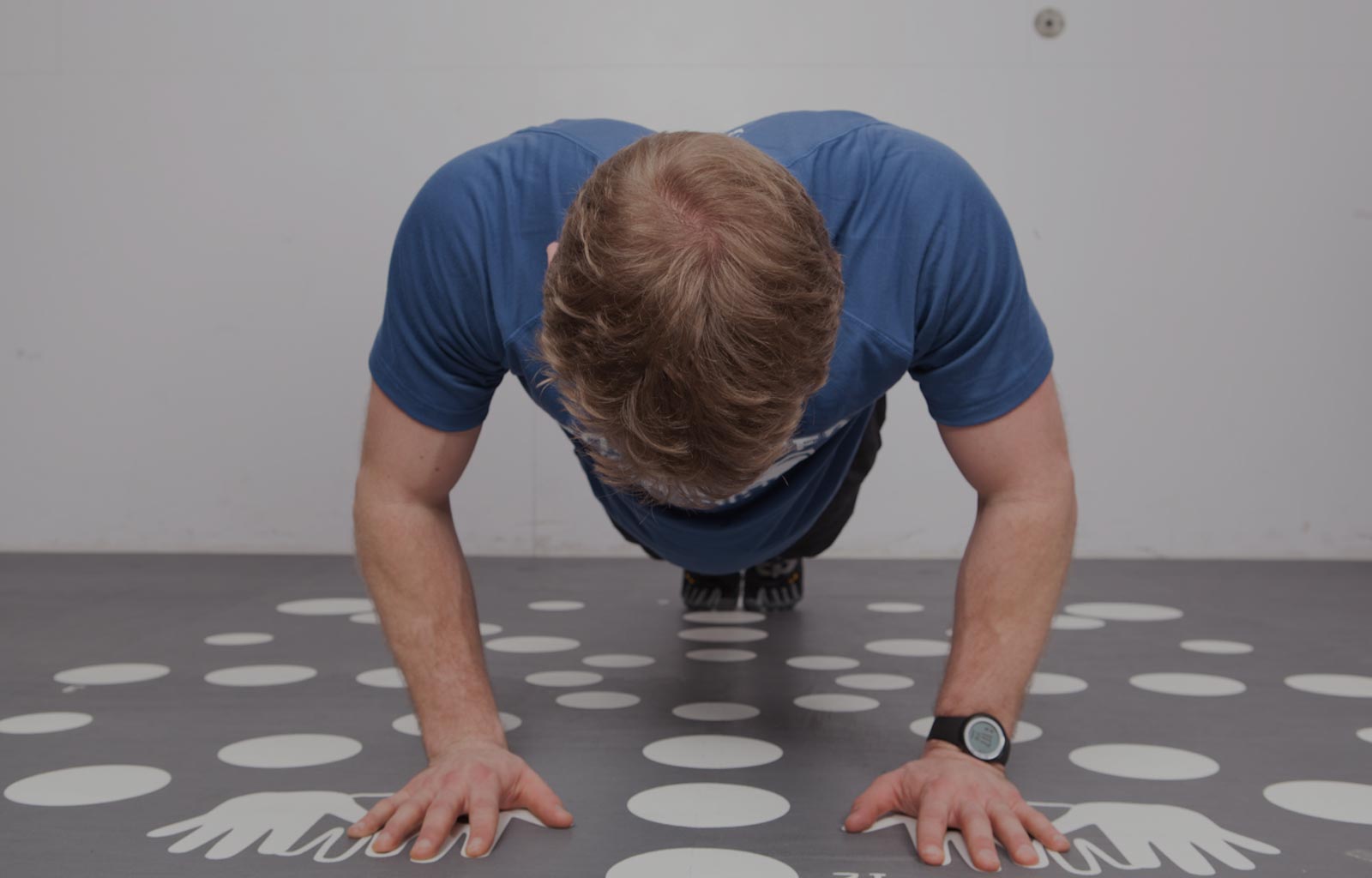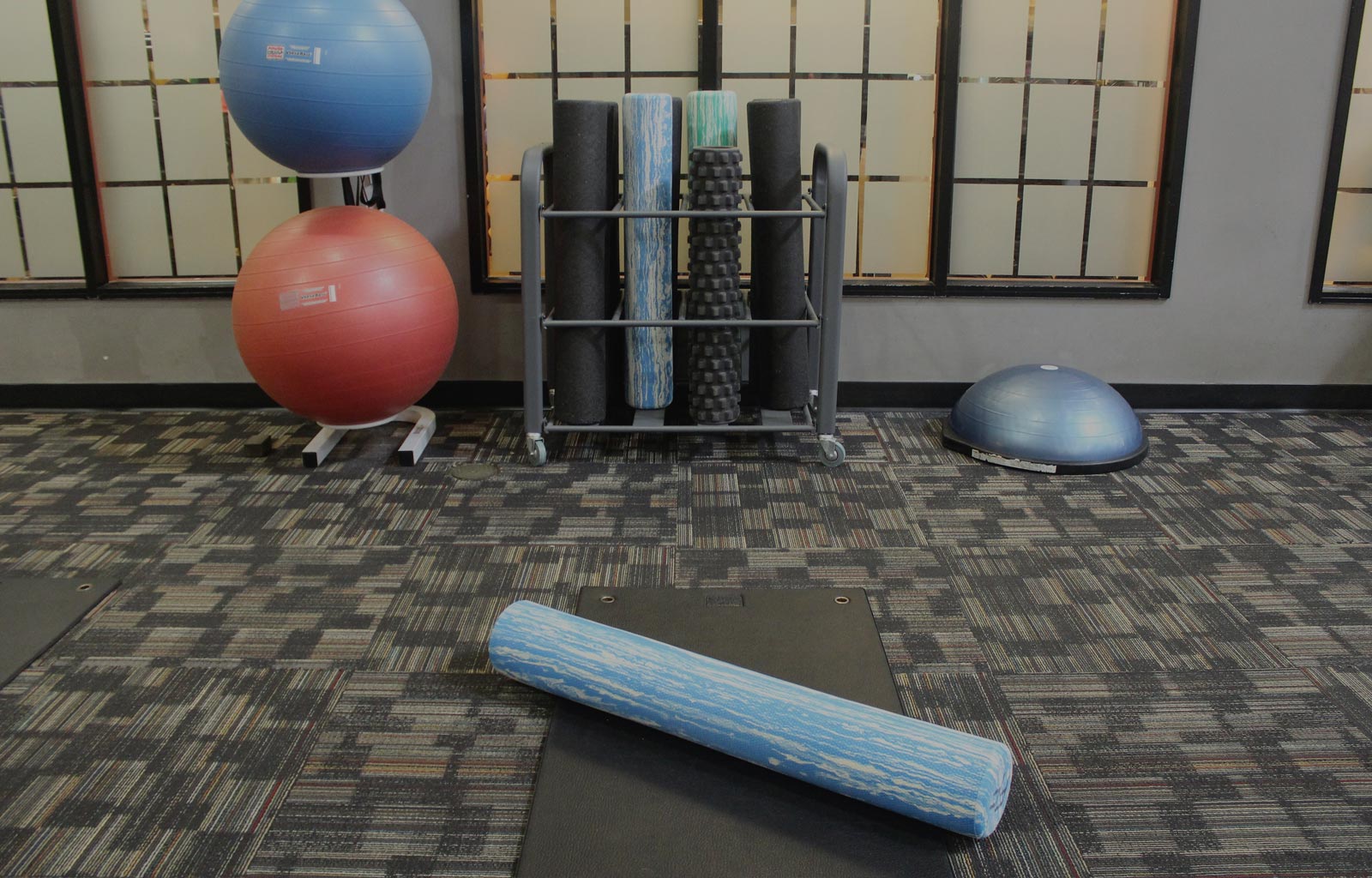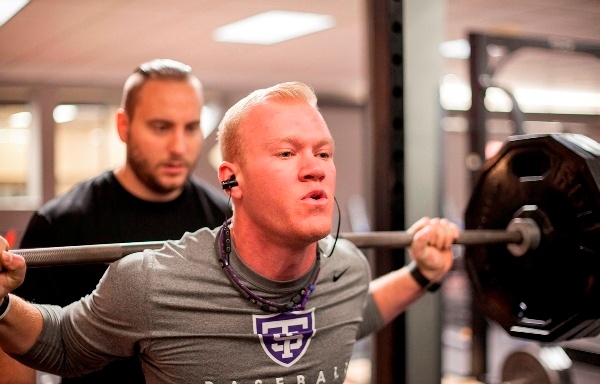As we get older, keeping our joints moving well becomes increasingly important. The hip joints, in particular tend to stiffen with age and inactivity. This can make everyday activities more difficult, limit movement, and even affect balance. Research shows that adding hip mobility exercises to your exercise routine can make a big difference.
Why You Should be Doing Hip Mobility Exercises
1. Better Range of Motion for Everyday Movement
Studies show that certain kinds of stretching – especially gentle dynamic stretches, can quickly improve how far the hips can move. These gains don’t just happen in the moment; they can last for up to an hour afterward. Maintaining hip mobility supports bending, walking, and other daily tasks.
2. Improved Walking, Balance, and Fewer Falls
When hips are more flexible, walking feels smoother and more natural. In one study, seniors who performed hip stretches for 10 weeks took longer, more confident strides. Better hip mobility also supports balance, which lowers the risk of falls.
3. Reduced Pain and Stiffness
Tight hips often contribute to back pain, arthritis discomfort, and overall stiffness. Mobility work not only loosens the hips but can also reduce pain and help with muscle stiffness. Combining stretching with strengthening is especially effective for people with hip arthritis.
4. Benefits for Brain and Nervous System
Research shows that older adults who do better on mobility tests often score higher on memory and thinking tasks. Keeping the hips strong and mobile may support both physical and cognitive health.
Hip Mobility Exercises
1. Leg Swings
- How to do it: Stand tall and hold onto a chair or wall for support. Swing one leg gently forward and backward like a pendulum, keeping the movement comfortable and controlled.
- Why it helps: Loosens up the hips and improves flexibility.
2. Half-Kneeling Hip Flexor Stretch
- How to do it: Kneel on one knee, with the other foot in front so your front knee forms a 90 degree angle. Slowly shift your hips forward while keeping your back straight. Hold for 20-30 seconds.
- Why it helps: Stretches the front of the hips and relieves tightness.
3. Glute Bridges
- How to do it: Lie on your back with your knees bent and feet flat on the floor. Push through your heels to lift your hips into a straight line from shoulders to knees. To make it harder, try lifting one leg.
- Why it helps: Strengthens the glutes and hips, improving stability.
Tips
- Start with gentle exercises and stretches to avoid pain.
- Personalize your routine by choosing movements that work for you and don’t cause pain.
- Try to do these exercises 2-3 times a week.
- Use support if needed and check with your doctor if you have joint issues.
- You can add in exercises throughout your day. Try leg swings before a walk, hip stretches after sitting for a while, and bridges as part of your evening routine.
Conclusion
Hip mobility exercises may seem simple, but they offer many benefits. They can help seniors walk more easily, reduce pain, and improve balance. Whether it’s a few leg swings, a gentle stretch, or glute bridges, adding these moves into your weekly routine can keep you moving more safely and with less pain.




